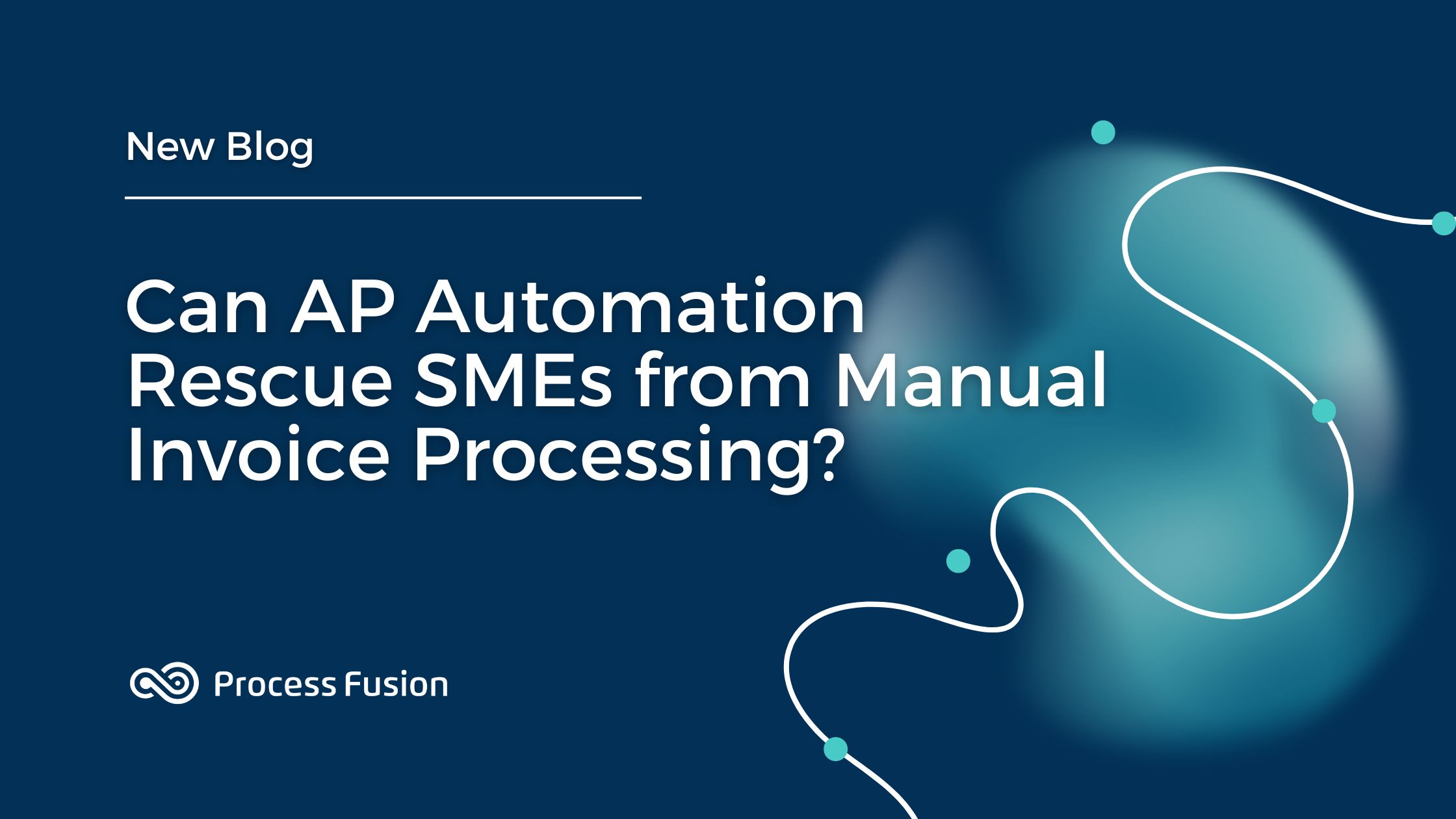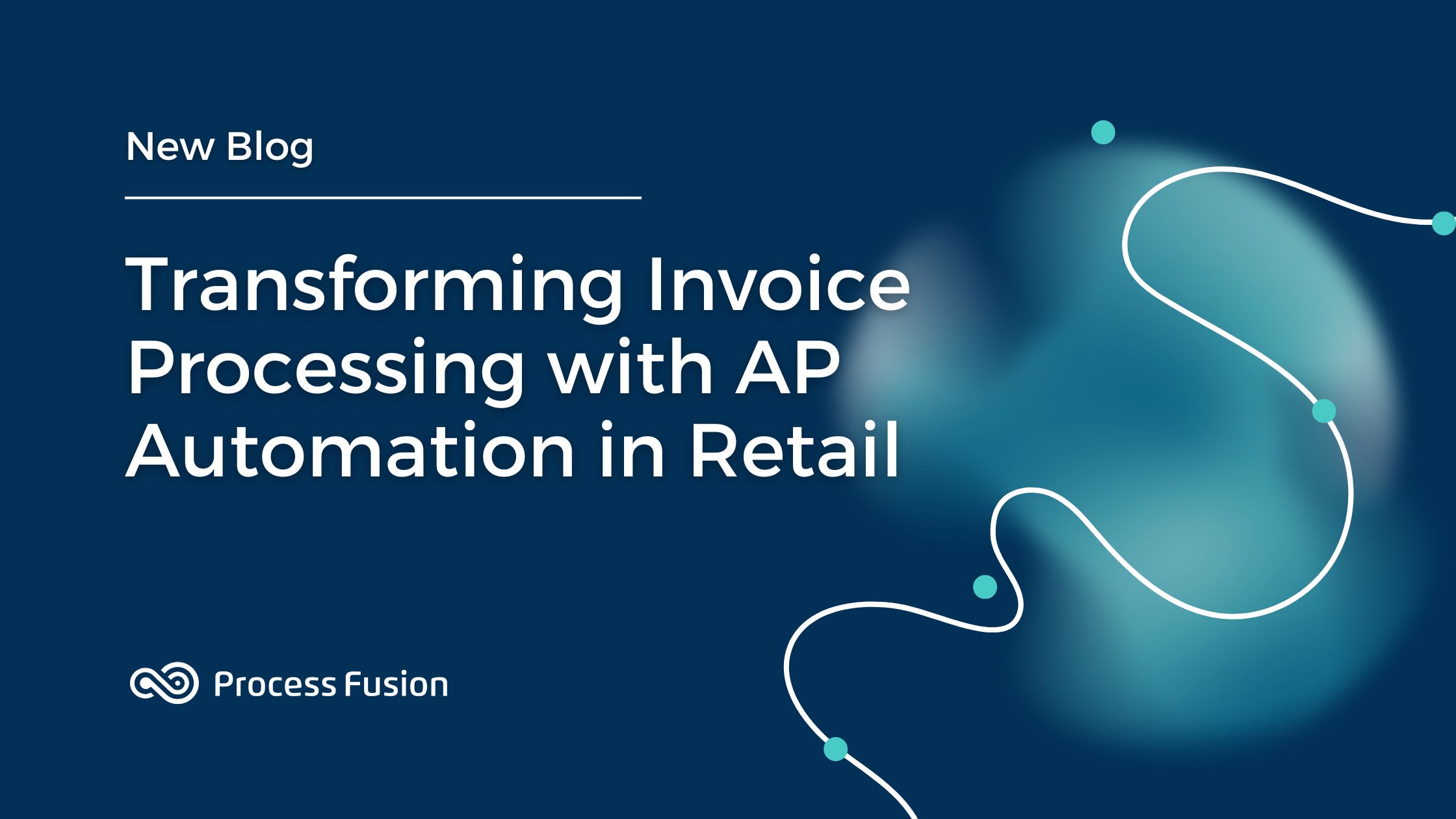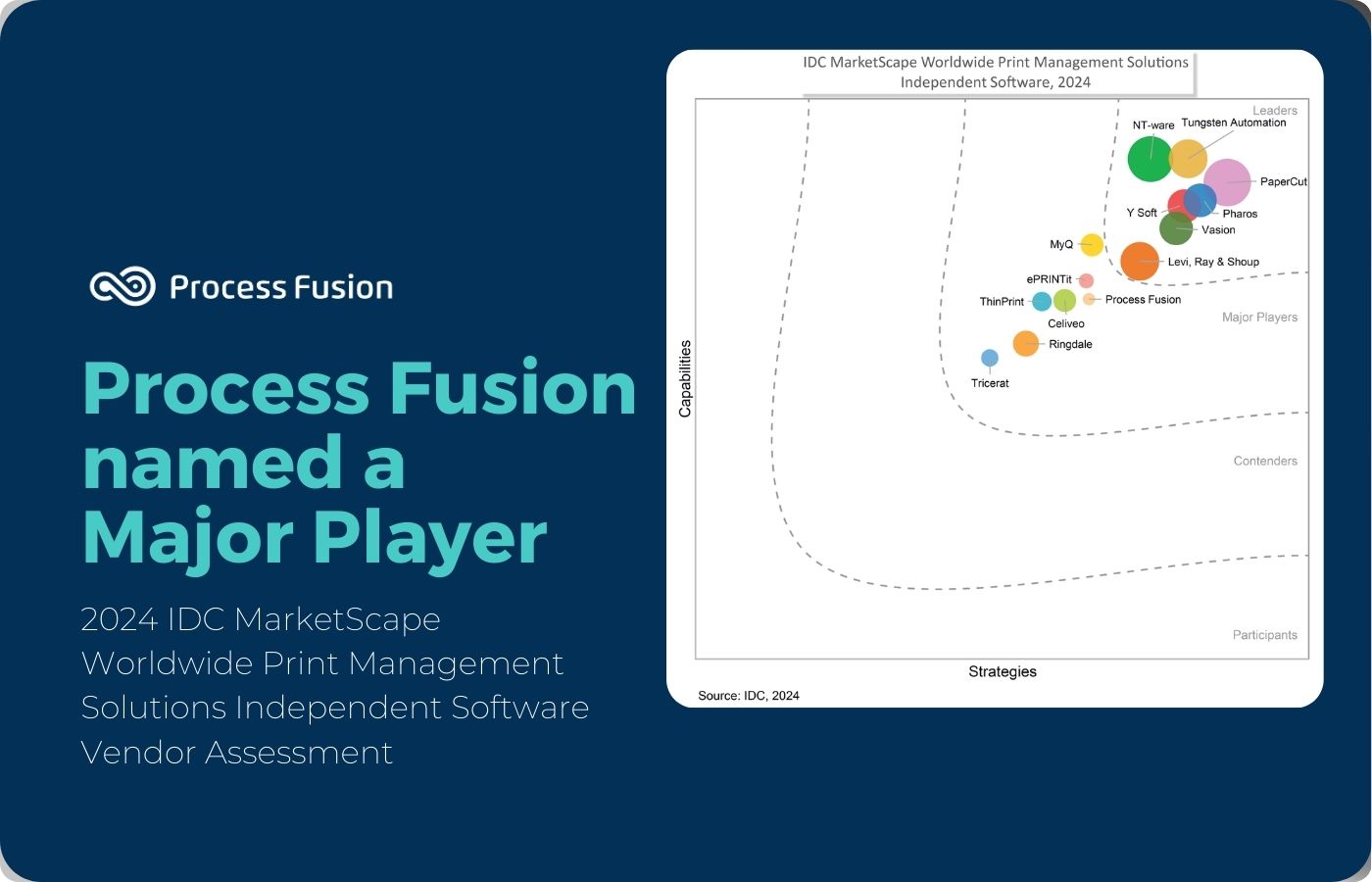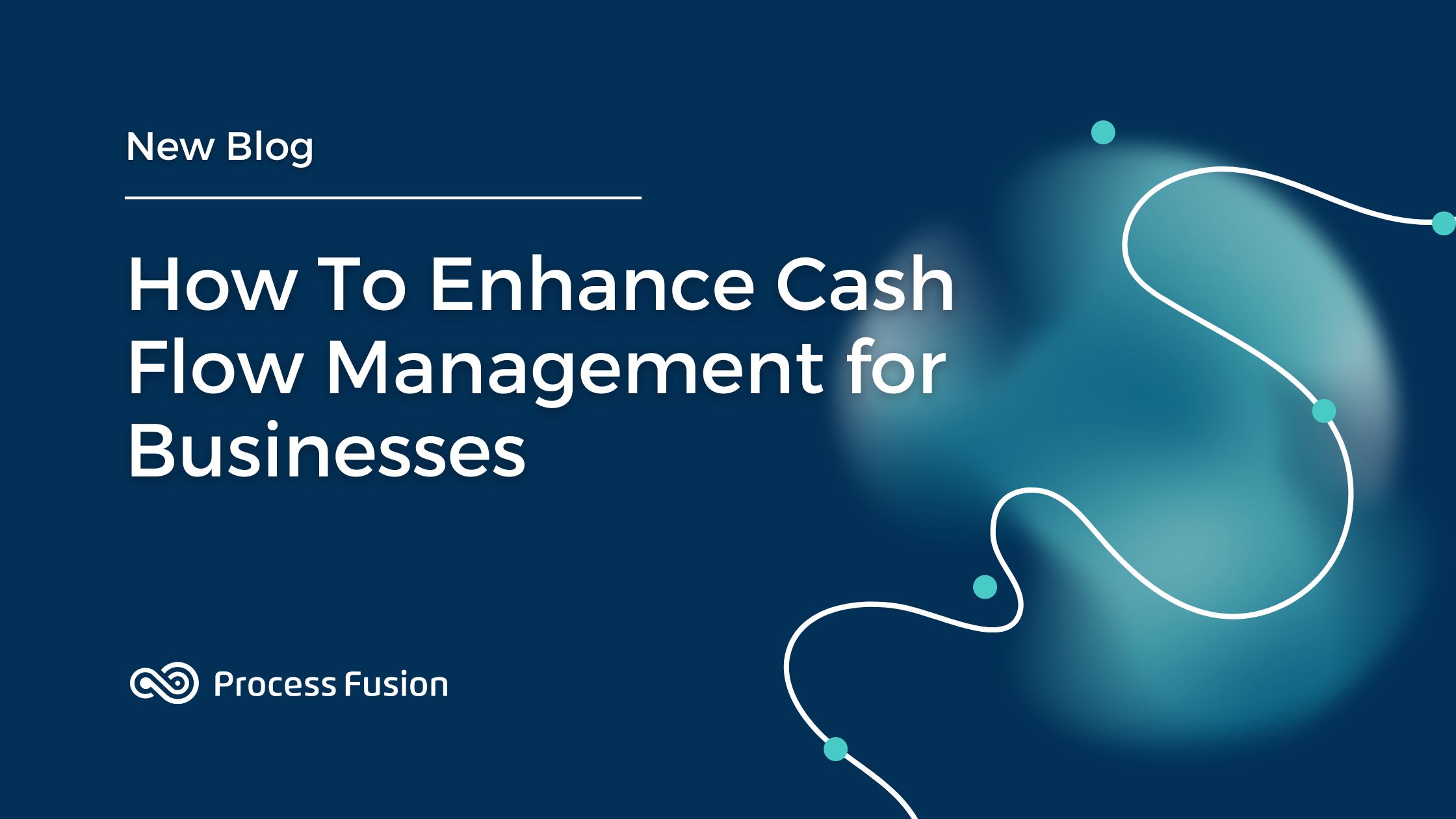
Did you know that 86% of Small and Medium-Sized Enterprises (SMEs) still manually enter invoice data, leading to inefficiencies, errors, and financial strain? In this digital age, manual invoice processing can hold your business back. This is where AP automation can revolutionize your AP processes, offering cost savings, improved cash flow, and a competitive edge. In this article, we will explore the world of automated invoice processing and its benefits for small businesses.
What is AP Automation?
AP automation involves using software solutions to automate the accounts payable processes, reducing the need for manual intervention. This technology streamlines tasks such as invoice processing, payment approvals, and expense management, allowing businesses to operate more efficiently and accurately.
Key Components:
- Invoice Processing: Automates the capture, coding, and approval of invoices, reducing the need for manual data entry.
- Automated Payments: Ensures timely and accurate vendor payments to vendors, eliminating the risk of late fees.
- Expense Management: Tracks and manages business expenses in real-time, providing better control and visibility.
The Challenges & Consequences of Inefficient Manual AP Processes for SMEs
Manual invoice processing can lead to several critical issues for SMEs, resulting in severe consequences that impact their financial health and operational efficiency.
Here’s a closer look at some of the key problems:
Data Errors:
Manual data entry is prone to errors, leading to incorrect payments and inaccurate financial records. These mistakes disrupt financial reporting and consume time and resources to fix. Misallocating funds or underpaying vendors can damage business relationships and trust.
Double Payments:
Without an automated system, SMEs may make duplicate payments, straining cash flow. Fixing these errors is time-consuming and can harm relationships with vendors, as overpayments may not be quickly recovered.
Lengthy Invoice Processing:
Manual invoice processing is slow, leading to delayed payments and late fees. These delays can damage relationships with suppliers and complicate cash flow management, hurting the company’s financial health.
Impact on Vendor Relationships:
Consistent errors and delayed payments harm vendor relationships. Poor payment practices can lead to less favorable terms and potential supply chain disruptions for SMEs.
Operational Inefficiencies:
Manual AP tasks consume time and resources that could be better used for strategic activities. Employees focused on repetitive tasks cannot concentrate on value-added activities, reducing overall productivity.
Compliance Risks:
Manual processes increase the risk of non-compliance with financial regulations. Inaccurate records and delayed payments can lead to penalties and legal issues, affecting the SME’s financial stability.
Implementing AP automation can help SMEs avoid these problems, ensuring smoother operations and better financial outcomes.
The Benefits of AP Automation for SMEs
Reduction in Manual Labor: AP automation reduces the need for manual data entry and processing, allowing staff to focus on more strategic tasks. This not only cuts down on labor costs but also enhances productivity.
Minimizing Errors: Automation significantly reduces the risk of errors in data entry and payment processing, leading to fewer costly mistakes and financial discrepancies.
Operational Efficiency: Streamlined AP processes enhance overall operational efficiency, reducing the time and resources spent on managing accounts payable.
Timely Payments: AP automation ensures that payments are made on time, avoiding late fees and allowing businesses to take advantage of early payment discounts.
Better Financial Visibility: Real-time data and analytics provided by AP automation solutions improve tracking and forecasting of cash flow, enabling better financial planning and decision-making.
Invoice Processing Speed: Faster invoice processing leads to quicker payment cycles, improving liquidity and ensuring that SMEs can meet their financial obligations promptly.
Implementing AP Automation: Steps and Considerations
It is crucial to select an AP automation solution that fits an SME’s specific needs. Important factors are scalability, ease of integration with existing systems, and user-friendliness. A scalable solution like PF 360 can grow with the business, while easy integration ensures a smooth transition and minimal disruption to operations.
AP automation is an ongoing process, not a one-time setup. SMEs should continuously update and optimize their AP systems to keep up with changing business needs and technological advancements. Regular reviews and updates ensure the system remains efficient and effective, adapting to new challenges and opportunities.
Conclusion: Embrace AP Automation for Growth
AP automation offers SMEs numerous benefits, including cost savings, improved cash flow management, and enhanced competitiveness. By reducing manual labor, minimizing errors, and streamlining operations, SMEs can achieve greater financial stability and efficiency.
Today’s SMEs should consider early adoption of AP automation to gain a competitive edge and improve their financial health. By investing in the right automation solutions and staying updated on emerging technologies, SMEs can position themselves for long-term success and overcome the challenges of manual AP processes, ensuring smoother operations and better financial outcomes. It’s time for you to take proactive steps toward automation and secure their future growth and competitiveness.





